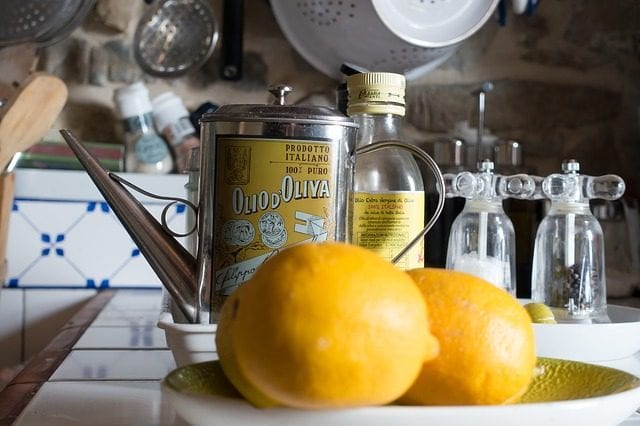The liver is the most important organ and the main filter of the human body. Purification of blood in the volume of two thousand liters and its filtration, due to the liver, occurs about four hundred times a day. Unfortunately, according to statistics, most people do not pay much attention to the health of this body or aggravate its condition with illiterate treatment.
At present, there are many misconceptions about what is harmful and what is good for the health and normal functioning of this body. In folk medicine, there are a lot of anti-scientific methods of treating the liver, which can cause serious damage to its health.
Myth number 1
For good performance of the liver, its periodic purification is necessary.

Image credit: stux
In folk medicine, a very popular recipe for the purification of the liver is the use of vegetable oil with lemon juice, this “expels” excess toxins from the liver. From the standpoint of traditional medicine, the liver does not need such cleansing methods, which create a greater stress on the organ and worsen its function. Moreover, such a procedure can lead to blockage of the bile duct and hepatic colic in the presence of gallstones. As a consequence, a person puts himself at risk of being hospitalized on the operating table.
Myth number 2
Liver disease is only caused by alcohol.
This is the second misconception, since alcoholic liver disease can develop not only in people who abuse alcohol. On the contrary, even small doses of alcoholic beverages, especially systematic ones, can lead to the defeat of this organ. As a result, dangerous and toxic ethanol accumulates in the human body, which damages the liver cells.
Myth number 3
Only strong alcohol can lead to liver damage.
I must say that low-alcohol drinks, cocktails and beer cause the liver no less harm than strong. In this calculation, the amount of alcohol consumed in the recalculation on pure alcohol is important. A safe dose of pure alcohol, which the liver can process per hour, is about 20 grams, that is, one mug of beer, 50 grams of vodka or a glass of dry wine.

Image credit: Alexas_Fotos
Myth number 4
The liver is in perfect order only with those who do not drink at all.
In fact, fatty, sweet and spicy food causes the liver no less harm than alcoholic beverages. Long feasts, during which we use a large amount of high-calorie food with an abundance of animal fats, is very hard processed by our body and leads to a disruption in the production of gastric juice, pancreatic enzymes, and changes in the composition of bile and the violation of its secretion. As a result, our liver can not cope with the abundance of fats entering the processing and, as a consequence, the liver cells overloaded with large amounts of triglycerides suffer. The ability to completely neutralize harmful substances for the body: toxins, bacteria and viruses, metabolic products is lost by the liver, as a result, it accumulates fat, which forms fatty steatosis, leading to inflammation and partial cell death of the body. The remaining cells unsuccessfully try to stop the accumulation of fat and work with incredible overload, but due to prolonged chronic inflammation the hepatic tissue is replaced by a connective tissue and fibrosis develops. This disease can develop into cirrhosis or liver cancer, if not on time to begin a qualified treatment.
Myth number 5
Hepatic diseases are irreversible, they can not be cured.
In fact, hepatic cells – hepatocytes are capable of regeneration and renewal. Even with a 50% lesion of the hepatic tissue, the organ can fully recover and become healthy. As a result, if you refuse high-calorie, fatty foods and alcoholic beverages, and take hepatoprotectors that improve liver function, it is capable of complete recovery and regeneration.
In order for the liver to better cope with its functions, it should be supported by the following measures:
- Change your diet and adhere to a reasonable diet. Reduce the intake of fats and carbohydrates, which lead to obesity of the liver. The ratio of proteins, fats and carbohydrates should have the proportions: 1 – 1 – 4;
- Include in the menu fiber (whole grain bread, cereals, fresh fruits and vegetables) and polyunsaturated fatty acids, which are present in cold pressed oil (linseed, sesame), as well as seafood, fish, nuts and seeds;
- Limit the amount of alcohol consumed, as well as not mix alcoholic beverages of different strengths;
- Lead an active lifestyle, which accelerates the utilization of saturated fats. Physical loads will prevent the deposition of fats in the liver cells and their degeneration as a result of oxidative stress, and therefore help to avoid fatty liver disease and liver failure.
